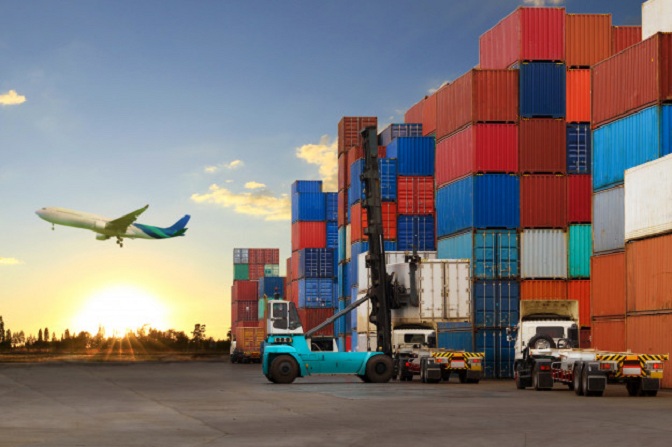
The import of goods by a company must be registered according to rule 10 of the Registry and Valuation of the General Accounting Plan,but the difficulty is not in this record, but in the fiscal impact that each import of goods has. Specifically, VAT.
Aware of this, below we are going to tell you how to account for the import of goods from your company in the right way,and thus avoid accounting and tax problems that may appear in the future.
You are interested in:
Guide on the General Accounting Plan for SMEs: Essential requirements to be met.
What is the import of goods?
Before we talk about how to account for the import of goods from your company, we must first make it clear what imports of goods are.
Import of goods: consists of the entry of goods or goods within a country from another third country, or from those territories outside the scope of the common VAT system. In the case of Spain it would be the Canary Islands, Ceuta and Melilla.
We would say that imports of goods consist of purchases of goods that must be registered according to standard 10 of Registration and Valuation of the General Accounting Plan, which have a great fiscal impact.
As they are destination tax operations, the goods that enter our country are taxed at customs, with a VAT-free invoice,since the VAT is paid through a freight forwarder, through a document called DUA.
Vat is generally paid by the customs agent on behalf of the importer,who is also entitled to the duties of the tariff, his own fees and the corresponding VAT on the latter.
Documents generated by a goods import operation

The documentation generated by an import operation of goods is specified in the invoice of the supplier,in that of the customs agent and in the SAD.
The supplier’s invoice is the sales document to be issued by the supplier, which is neither national nor intra-Community. The main feature of this invoice is that it is VAT free,paying the tax through an agent or freight forwarder.
The customs agent’s invoice will incorporate the fees for his services, customs duties, vat on imports, VAT on customs duties and also VAT on agent fees.
It is also possible that anti-dumping measuresmay be applied to the goods, which serve to prevent foreign companies from selling at a price lower than that of the domestic market.
Finally there is the SAD,which is a document that is completed at customs, when the import takes place. The SAD is required by the customs authorities for the exchange of goods, including the VAT generated by the import.
You are interested in:
How to account for the import of goods correctly?

Below we show the main operations to account for the import of goods correctly,as well as their tax treatment.
- Post the foreign supplier’s invoice.
- Post the customs broker’s invoice.
- Include the invoices corresponding to the customs agent, the supplier and the SAD in the record book of invoices received.
- Self-assessment of Value Added Tax (Form 303): all the bases and deductible fees for the services of the customs agent are accumulated in the boxes corresponding to current internal operations.
- Annual VAT declaration (Form 390): the bases and deductible fees for the services and bases must be accumulated, as well as the deductible fees for the imported current goods and the information related to capital goods in the corresponding boxes.
It is important to note that when accounting for an import of goods under the regulations on registration and valuation of operations in foreign currency,the amount of the foreign currency will be applied the exchange rate on the date of the operation.
conclusion
It is important to account for the import of goods in the correct way, presenting the required documents and noting the corresponding accounting notes, to avoid problems.
If you still have any questions, you can contact our international consultingteam, in order to receive the information, advice and help you need.








